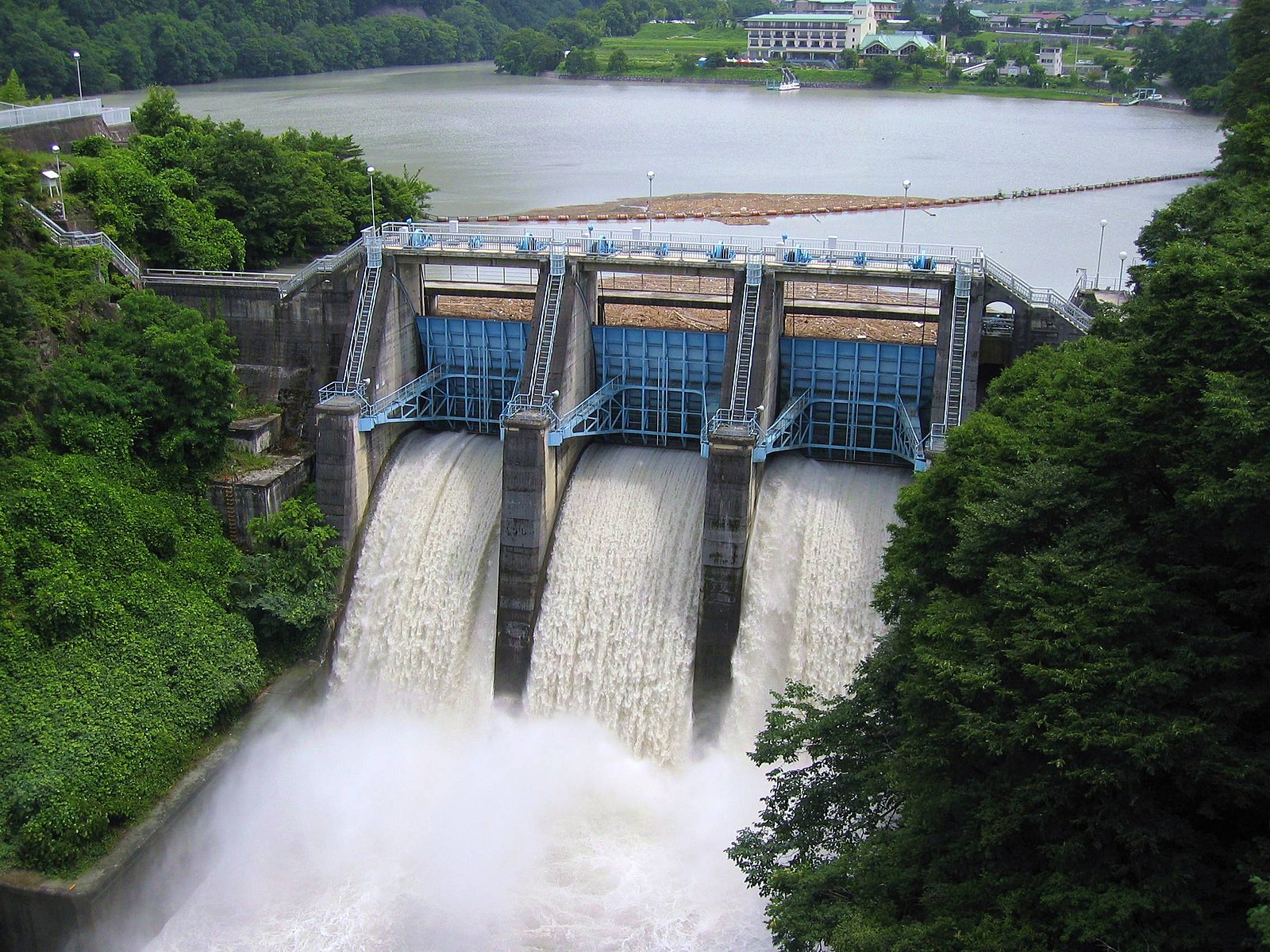As Japan accelerates its energy transition, the country will have to tap into every possible renewable energy resource in order to fully replace fossil fuels and end their use by 2050. Hydropower is an area that has seen nearly flat growth in recent decades. But the potential is there, if the government is willing to commit the resource and partner with the private sector.
Japan is the world’s sixth largest producer of hydropower, but most such plants are pumped-storage plants. Conventional hydropower plants account for roughly 20 GW out of the total installed hydro capacity of 50 GW.
Even though hydro is Japan’s second most important renewable energy source after solar energy, it’s often overlooked in renewable energy discussions and plans. The main obstacle is cost and return on investment. Hydropower plants require proximity to rivers that are often located in remote, mountainous regions. This in turn often leads to higher than usual transmission losses.
Unlike the U.S., Brazil and Russia, all of which have many large rivers, and hence, large-scale hydropower facilities, in Japan the rivers tend to be much smaller. This brings in problems related to the cost of scale for hydro plants. Japan has many small and micro hydro installations, with some offering just 30-40 kW of capacity. Additionally, environmental concerns over large dam projects have been a factor limiting hydro’s development. Altogether, these factors have put a brake on the expansion of generation from large hydropower sources. Still, amply endowed with mountainous terrain and flowing rivers, Japan would be making a mistake not to find ways to further tap into this clean energy source.

